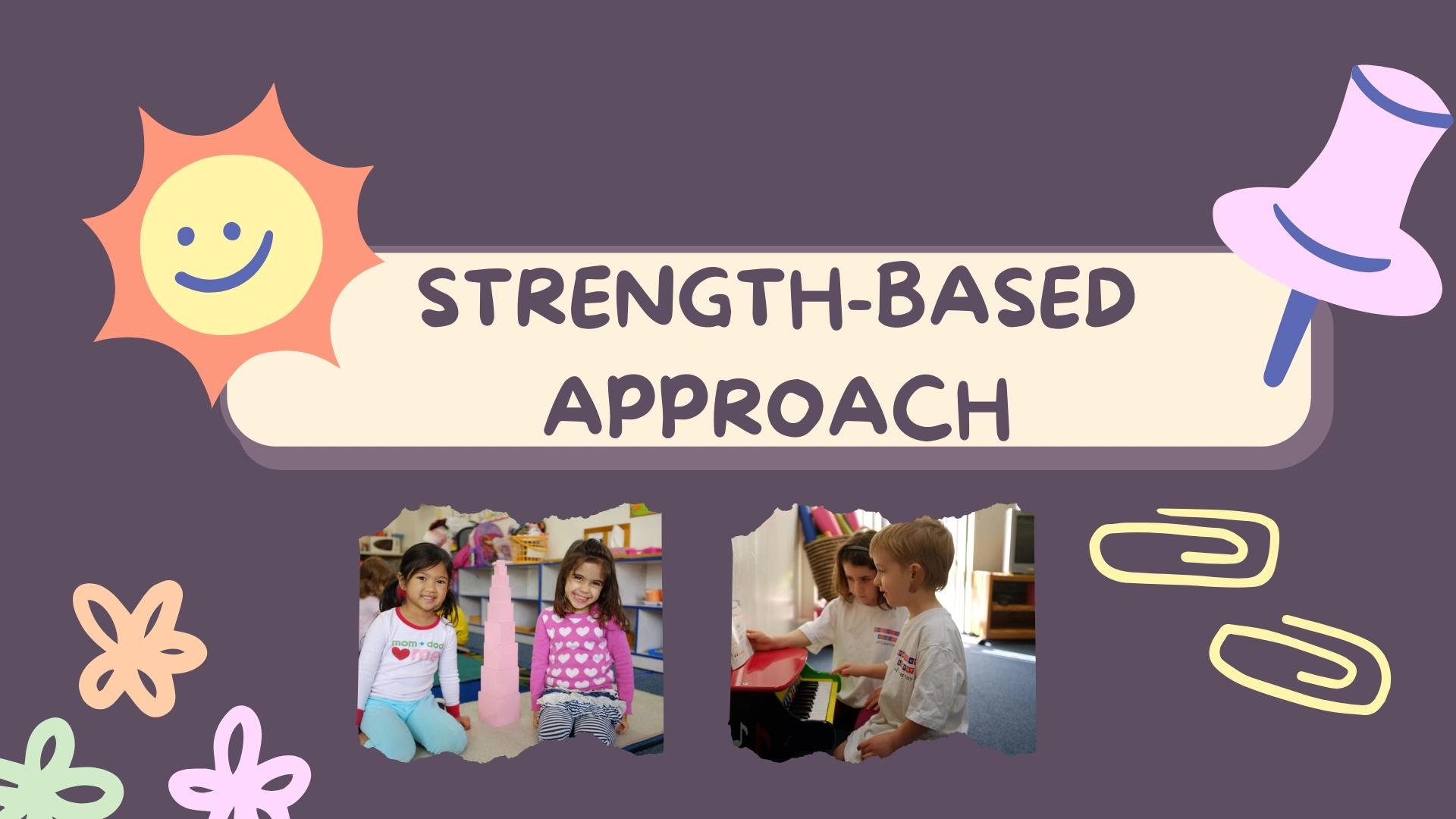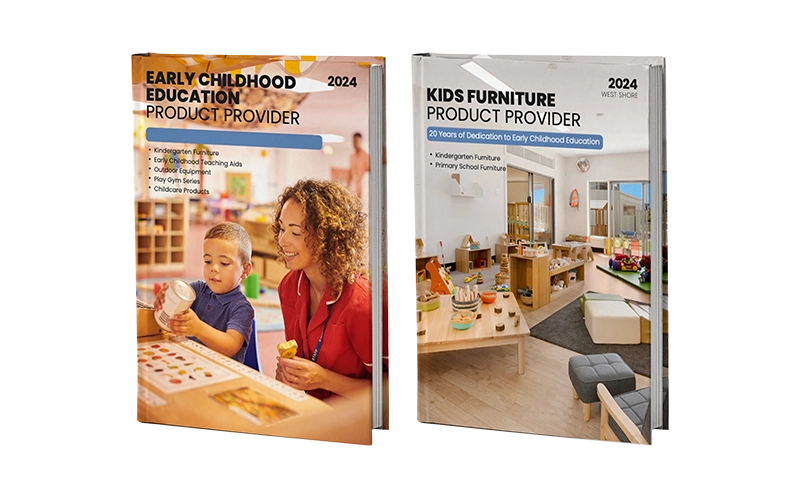Many traditional teaching models still focus on fixing weaknesses, often labeling children by what they cannot do. While this may highlight areas for improvement, it can also discourage students and make learning feel like a struggle instead of an opportunity. The Strength-Based Approach challenges this by shifting attention from deficiencies to abilities.
When young learners are constantly reminded of their shortcomings, they may lose confidence and begin to doubt their abilities. This deficit-focused mindset not only affects academic performance but can also harm motivation, resilience, and emotional well-being. By contrast, the Strength-Based Approach encourages children to view themselves through the lens of potential and possibility.
The Strength-Based Approach offers a powerful alternative to deficit thinking. By identifying and nurturing a child’s strengths, teachers and parents can create supportive environments where students feel valued and motivated. This method celebrates individuality, builds confidence, and inspires a lifelong love of learning, helping every child unlock their full potential.
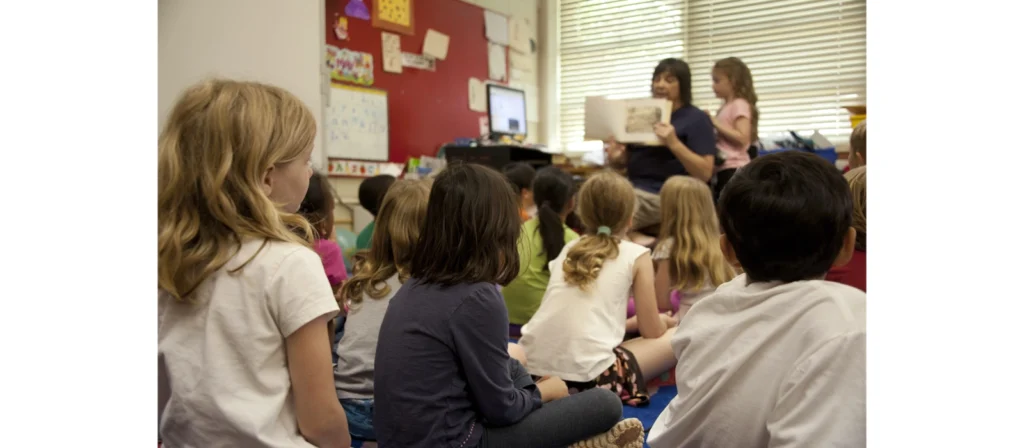
What is a strength-based approach?
The Strength-Based Approach is an educational framework that focuses on identifying, valuing, and building upon a child’s strengths rather than centering on their weaknesses. It emphasizes that every learner possesses unique abilities, whether academic, creative, social, or emotional, that can serve as a foundation for growth. Instead of labeling students by their limitations, this approach highlights strengths in children, cultivating a positive and supportive learning environment.
For young learners, this shift is especially powerful. Early education plays a key role in shaping how children see themselves as students. When teachers and parents recognize educational strengths such as curiosity, problem-solving, or collaboration, children feel capable, motivated, and more willing to take risks. Over time, celebrating children’s strengths, examples as empathy or persistence, fosters confidence, resilience, and a genuine love for learning.
Why a Strength-Based Approach Matters in Education
Boosts Confidence and Motivation
When teachers recognize a child’s strengths, whether it is curiosity, creativity, or leadership, students begin to see themselves as capable learners. This recognition goes beyond grades and validates educational strengths such as problem-solving or collaboration, which may not always appear in test scores. A simple acknowledgment of behavioral strengths of a child, like patience or perseverance, can build confidence and fuel motivation. Children who know their abilities are valued are far more eager to learn and to take on new challenges.
Promotes a Growth Mindset
The strength-based approach aligns with the idea that abilities can grow with effort. Instead of focusing only on weaknesses, teachers highlight examples of a child’s strengths, such as storytelling, empathy, or teamwork, and use them as stepping stones to tackle areas of difficulty. For instance, a student strong in verbal expression but weaker in writing can use oral presentations to build literacy skills. This method shows that areas of strength can support overall growth, reinforcing a growth mindset where learning is seen as a continuous journey.
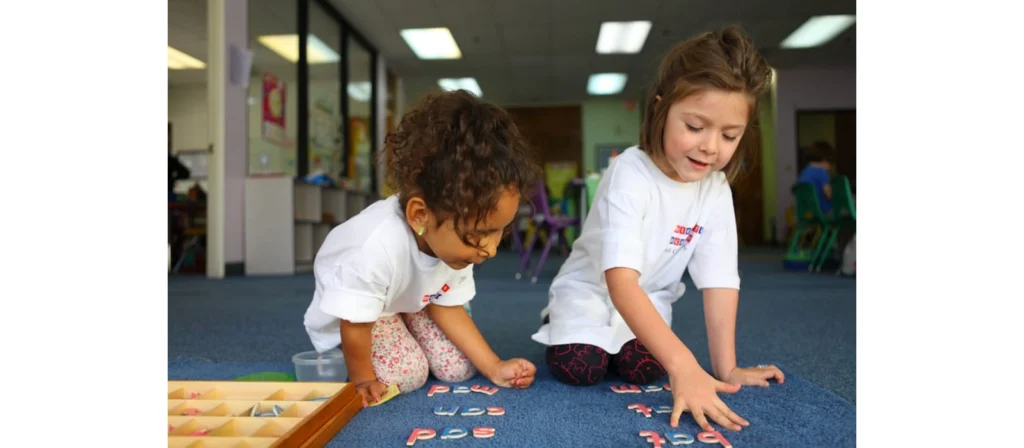
Enhances Engagement and Perseverance
Children are more engaged when lessons tap into strengths in school that reflect their natural interests. A child who enjoys art may show greater effort in science when asked to illustrate plant cycles, while one with strong social strengths might thrive in group projects. By designing activities around children’s strengths in school, teachers increase participation and reduce frustration. This not only deepens engagement but also nurtures perseverance, as students are more likely to persist when learning feels meaningful and relevant to their strengths.
Fosters Self-Efficacy
Self-efficacy, the belief in one’s ability to succeed, grows when children experience success in areas where they already excel. For example, celebrating behavioral strengths such as teamwork or leadership helps students trust their own abilities. Over time, these small wins build resilience and confidence. When a child says, “My child’s strengths are creativity and problem-solving,” it reflects how these strengths can translate into higher self-efficacy, giving them the courage to face both academic and personal challenges.
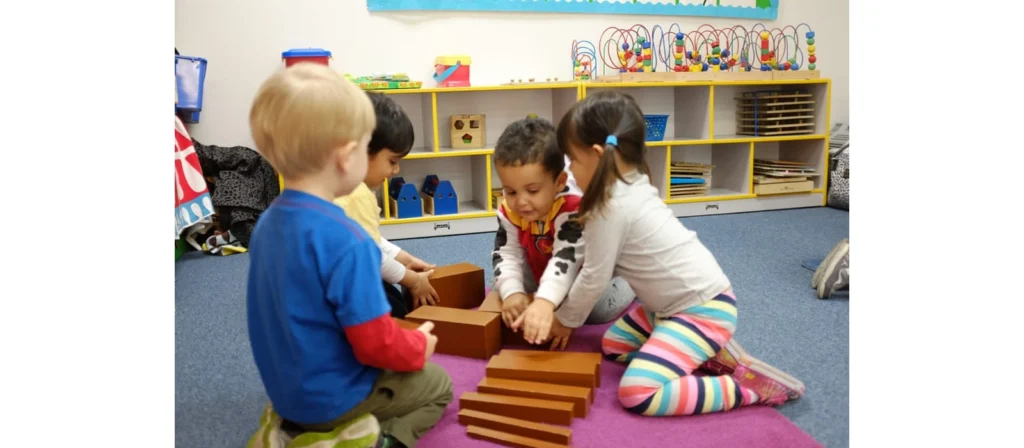
Creating Positive Classroom Cultures
The strengths-based approach in education doesn’t just benefit individuals; it reshapes the classroom community. When each child’s strengths in school are acknowledged, students learn to value diversity and respect their peers’ contributions. This builds inclusive, collaborative environments where every child feels seen and supported. Teachers who use a strength-based model create cultures where strengths in children are celebrated, reducing competition and fostering empathy, cooperation, and mutual respect.
Ready to design a space that inspires learning? Connect with us to create customized furniture solutions tailored to your classroom needs.
Examples of a Strength-Based Approach
Recognizing and Measuring Growth
A core element of the strength-based approach is focusing on how much a child has grown, rather than comparing them to peers. Regular assessments can highlight progress in educational strengths such as problem-solving, communication, or creativity. This helps teachers adjust lesson plans so they continue to build on each child’s abilities while maintaining realistic expectations.
Using Positive Language and Encouragement
Language shapes how children view themselves. When teachers consistently use positive, affirming language, they reinforce a child’s strengths and show learners that their efforts are valued. For example, saying “I noticed how carefully you solved that problem” focuses on persistence and growth rather than pointing out mistakes. This practice supports both motivation and resilience.
Discussing Progress with Families
Collaboration with parents and caregivers ensures a more complete understanding of the child’s strengths in school and at home. Providing feedback through progress reports, meetings, or shared observations helps families track milestones and celebrate achievements. This joint effort strengthens the connection between school and home, reinforcing the strengths-based practice across environments.
Tailoring Curriculum to Strengths
The strength-based approach in education encourages flexible lesson planning that highlights each child’s unique abilities. For some students, strengths shine through creative outlets like music or art. Others may be more engaged in science experiments or hands-on building projects. Children with strong Naturalistic Intelligence often thrive in outdoor activities, environmental studies, or lessons that explore patterns in nature. By designing lessons that connect with these different strengths, teachers create meaningful learning opportunities that keep students motivated and confident.
Applying the “If-Then” Model
The “if-then” approach uses a child’s strengths as the starting point for introducing new skills. For instance, if a child demonstrates strong storytelling ability, then writing assignments can build upon that interest. By linking new learning to existing abilities, children are more motivated and better able to transfer skills across subjects.
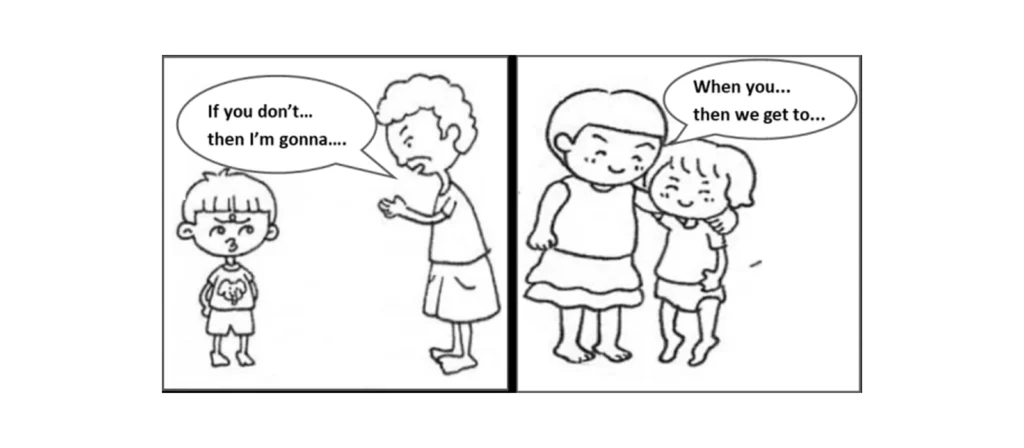
Designing Personalized Lesson Plans
No two learners are the same, which is why individualized planning is essential. Teachers can create lesson plans that evolve with a child’s progress, ensuring that instruction is always aligned with their current abilities and interests. Incorporating behavioral strengths of a child, such as patience or leadership, into activities helps children feel valued not only for their academic growth but also for their personal qualities.
Ready to design a space that inspires learning? Connect with us to create customized furniture solutions tailored to your classroom needs.
Activities and Methods to Identify Strengths
Observation in the Classroom
One of the simplest ways to identify a child’s strengths is through daily observation. Teachers can note patterns in behavior, participation, and preferences. For example, a child who consistently volunteers for group activities may show strong social strengths, while another who enjoys solving puzzles may demonstrate problem-solving abilities. These observations form the foundation of a personalized child strengths list.
Strengths-Based Assessments
Structured tools such as checklists, portfolios, and developmental assessments can provide insight into both child strengths and weaknesses. By tracking progress over time, teachers can highlight educational strengths of a child, such as reading comprehension or critical thinking, while also noting areas that need additional support. This approach ensures that evaluation focuses on growth rather than deficits.
Student Self-Reflection
Encouraging students to reflect on what are your child strengths helps build self-awareness. Simple activities such as journaling, drawing favorite activities, or completing “All About Me” worksheets allow children to express their own perceptions of their strengths in school. These reflections often reveal hidden talents and interests that may not surface during traditional instruction.
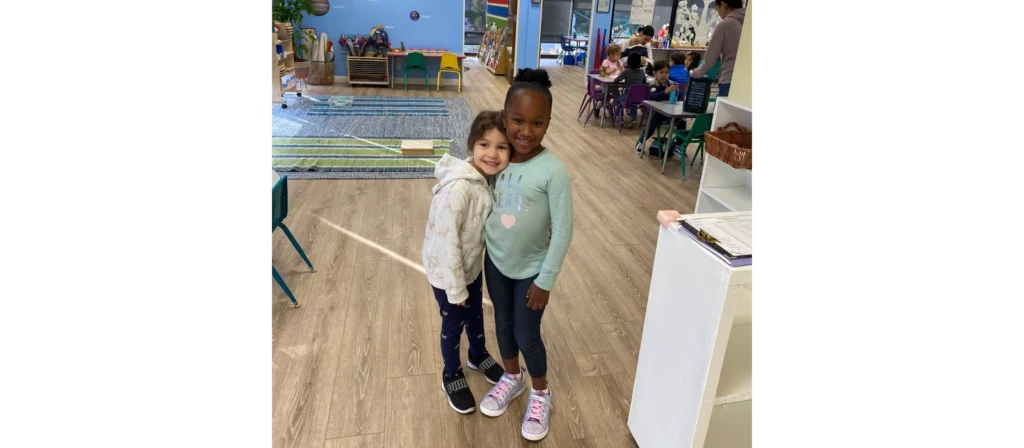
Peer Feedback Activities
Classroom activities where students share what they appreciate about each other can highlight strengths in children that adults might overlook. For instance, peers may point out a classmate’s kindness, humor, or leadership. These insights contribute to a more holistic understanding of childhood strengths and foster a positive classroom culture.
Interest Inventories and Surveys
Interest surveys or “strengths interviews” provide a structured way for children to express what they enjoy and where they feel most confident. For example, a student may identify music, art, or physical activity as areas of strength. Teachers can then design activities that align with these interests, creating more engaging learning experiences.
From Deficit Thinking to Strength-Based Learning in Children
For many years, education has often been shaped by deficit thinking, where the focus rests on what children cannot do. This approach, although well-intentioned, can unintentionally limit a child’s confidence and motivation. In contrast, the strength-based approach in education emphasizes a child’s strengths, shifting attention toward what each learner can achieve and how those abilities can be used as stepping stones for growth.
Strength-based learning in children recognizes that every child has unique talents and interests, whether in academics, creativity, or social interactions. By identifying and nurturing these childhood strengths, such as curiosity, problem-solving, or empathy, teachers and parents create a supportive environment where students feel valued. Weaknesses are not ignored, but they are addressed by building on existing educational strengths, turning challenges into opportunities for development.

